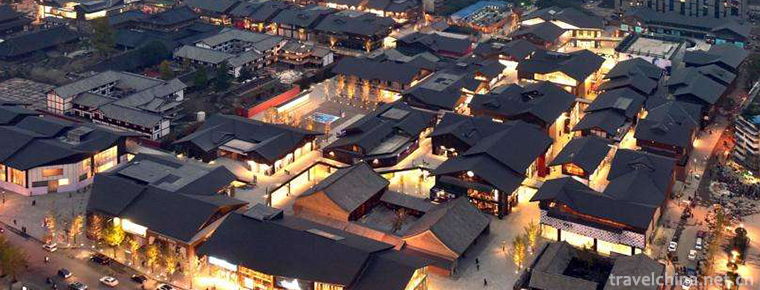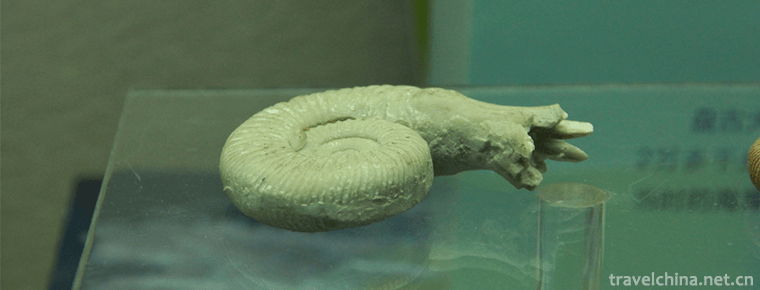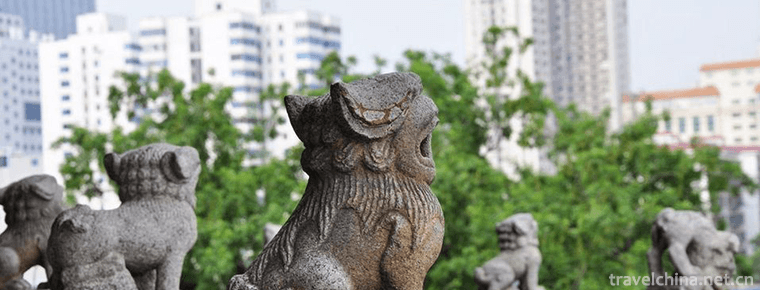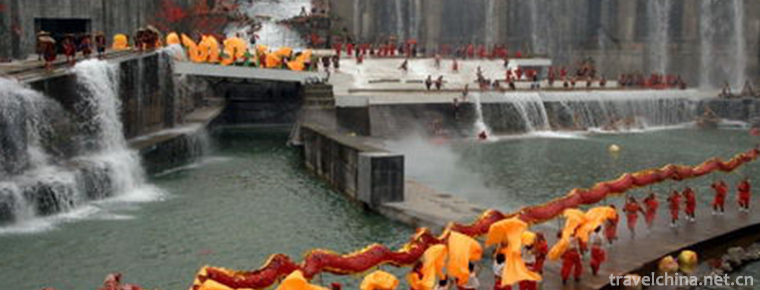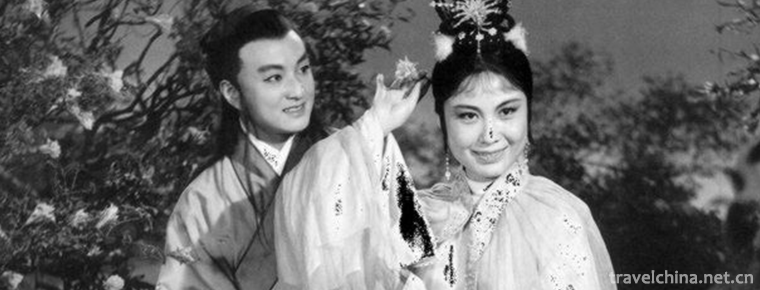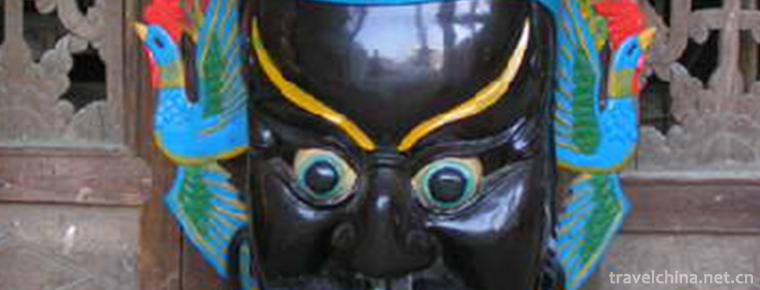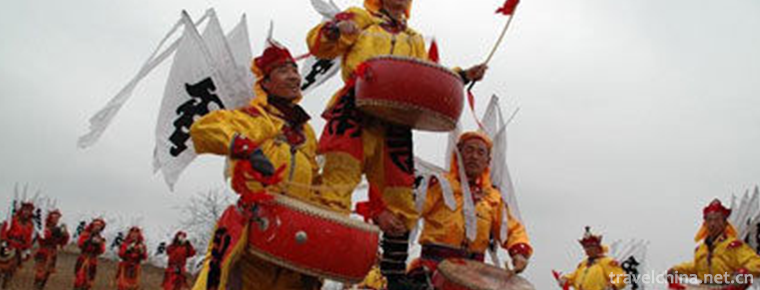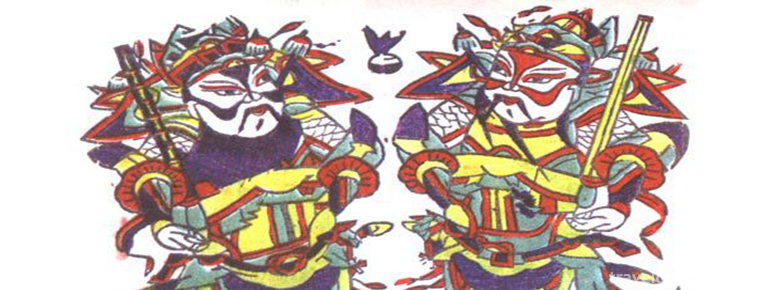Guangan economy
Guang'an economy
In 2019, the GDP of Guang'an City will reach 125.04 billion yuan, an increase of 7.5% over the previous year (the same below). Among them, the added value of the primary industry was 20.43 billion yuan, an increase of 2.8%; the added value of the secondary industry was 41.1 billion yuan, an increase of 8.2%; the added value of the tertiary industry was 63.51 billion yuan, an increase of 8.5%. The contribution rates of the three industries to economic growth are 6.2%, 44.0% and 49.8% respectively. The per capita GDP was 38522 yuan, an increase of 7.5%. The three industrial structure was adjusted from 16.8:33.1:50.1 in the previous year to 16.3:32.9:50.8. The added value of the city's private economy was 72.32 billion yuan, an increase of 7.6%, accounting for 57.8% of GDP and contributing 56.6% to GDP. The consumer price (CPI) rose by 3.6% in the whole year, of which the price of food (original caliber) rose by 7.9%, and the retail price of commodities (RPI) in urban areas increased by 3.4%. From the eight categories, food, tobacco and alcohol rose by 7.3%, clothing by 7.1%, residence by 1.6%, daily necessities and services by 2.5%, transportation and communication by 0.7%, education, culture and entertainment by 1.8%, health care by 1.2%, and other supplies and services by 3.4%. The producer price index (PPI) of industrial producers was the same as that of last year, in which the price of means of production decreased by 1.8%, the price of means of living increased by 4.6%, and the purchase price of industrial producer (IPI) decreased by 1.5%. The per capita disposable income of urban residents was 36005 yuan, an increase of 2926 yuan or 8.8%. Among them, wage income was 23873 yuan, an increase of 8.7%; net operating income was 5295 yuan, an increase of 8.4%; net property income was 2045 yuan, an increase of 8.6%; net transfer income was 4793 yuan, an increase of 10.3%. The per capita consumption expenditure of urban residents was 23637 yuan, an increase of 7.1%. Among them, food expenditure was 8123 yuan, an increase of 6.1%; clothing expenditure was 2496 yuan, an increase of 6.4%; residential expenditure was 3710 yuan, an increase of 7.6%; daily necessities and services expenditure was 2460 yuan, an increase of 7.2%; transportation and communication expenditure was 2430 yuan, an increase of 8.0%; education, culture and entertainment expenditure was 1954 yuan, an increase of 8.7%; medical and health care expenditure was 1772 yuan, an increase of 8.1%; other supplies and services expenditure was 691 yuan, an increase of 7.3%. The per capita disposable income of rural residents in the city was 16445 yuan, an increase of 1514 yuan or 10.1%. Among them, wage income was 7632 yuan, an increase of 9.8%; net operating income was 6606 yuan, an increase of 9.5%; net property income was 426 yuan, an increase of 17.2%; net transfer income was 1782 yuan, an increase of 12.3%. The per capita consumption expenditure of rural residents was 12523 yuan, an increase of 9.7%. Among them, food expenditure was 4502 yuan, an increase of 5.6%; clothing expenditure was 1118 yuan, an increase of 8.5%; residential expenditure was 2237 yuan, an increase of 14.1%; daily necessities and services expenditure was 1110 yuan, an increase of 11.3%; transportation and communication expenditure was 1261 yuan, an increase of 12.0%; education, culture and entertainment expenditure was 880 yuan, an increase of 11.8%; medical and health care expenditure was 1138 yuan, an increase of 12.5%; other supplies and services expenditure was 277 yuan, an increase of 14.8%.

-
Chengdu Maoye JW Marriott Hotel
Chengdu Maoye JW Marriott Hotel is located in Tianfu Square, the heartland of Chengdu. It is about 30 minutes'drive from Chengdu Shuangliu International Airport to the hotel, opening the extraordinary.
Views: 225 Time 2018-12-16 -
Chengjiang biota
Chengjiang biota is located near Maotianshan, Chengjiang, Yunnan Province, China. The stratum of Chengjiang biota is yellow-green silty shale of Yudanshan section of Qiongzhusi Formation of Lower Camb.
Views: 147 Time 2019-01-05 -
Jiangbulak Scenic Area
Jiangbulak Scenic Area is located in the low mountain belt 58 kilometers southeast of Qitai County, Xinjiang, China. It includes wide gully scenic area and Yangwatan beach.
Views: 143 Time 2019-01-21 -
Tianxin Pavilion
Tianxin Pavilion is located in the southeast corner of Changsha City, Hunan Province. It is a tower on the ancient city wall of Changsha where Chengnan Road meets Tianxin Road..
Views: 117 Time 2019-02-22 -
Danzhou tune
Danzhou tune is a traditional folk song which only spreads in Danzhou of Hainan Province and has a unique regional style. It is sung in Danzhou dialect with a lively rhythm.
Views: 117 Time 2019-04-25 -
Dujiangyan Drainage Festival
The Qingming Drainage Festival is a traditional festival in Dujiangyan, Sichuan Province. Every year during the Qingming Dynasty, Dujiangyan City welcomes the annual Qingming Drainage .
Views: 233 Time 2019-04-28 -
Legend of Camel Spring
Camel Spring is a provincial key cultural relic protection unit and a patriotic education base. Located in Jiezi Township Unity Village, with convenient transportation and direct access to tertiary oi.
Views: 142 Time 2019-05-15 -
Legend of Cowherd and Weaver Girl
Niulang and Zhinu are one of the four Chinese folk love legends (the other three are Legends of White Snake, Meng Jiangnu Crying Great Wall, Liang Shanbo and Zhu Yingtai). They derive from the star na.
Views: 309 Time 2019-06-08 -
Pingxiang Xiangdong Nuo Mask
Nuo mask is an important part of Nuo culture. It is used in Nuo etiquette, Nuo dance and Nuo opera. Nuo mask in eastern Hunan is an excellent traditional Chinese sculpture with a long history. Eastern.
Views: 166 Time 2019-06-09 -
Pudong Publicity Book
Nanhui Xuanjuan is an ancient traditional art of rap and singing. Xuanjuan originated from "vulgar speaking" in Tang Dynasty and "Tanjing" in Song Dynasty. It is a term used by Bud.
Views: 111 Time 2019-06-09 -
Triple Drum Jump
Dancing three drums is a kind of opera which is popular in counties (cities) such as public security, Shitou, Jiangling and Songzi. It evolved from the funeral board and funeral drum song of sacrifici.
Views: 256 Time 2019-06-21 -
Zhuxian Town Wood Print New Year Picture
Zhuxianzhen Wood Engraving New Year Picture is one of the ancient Chinese traditional crafts. As the originator of Chinese woodcut New Year pictures, is mainly distributed in Kaifeng, Zhuxian Town and.
Views: 133 Time 2019-08-10
